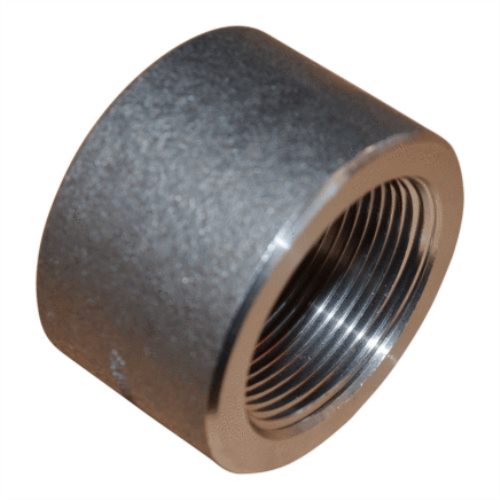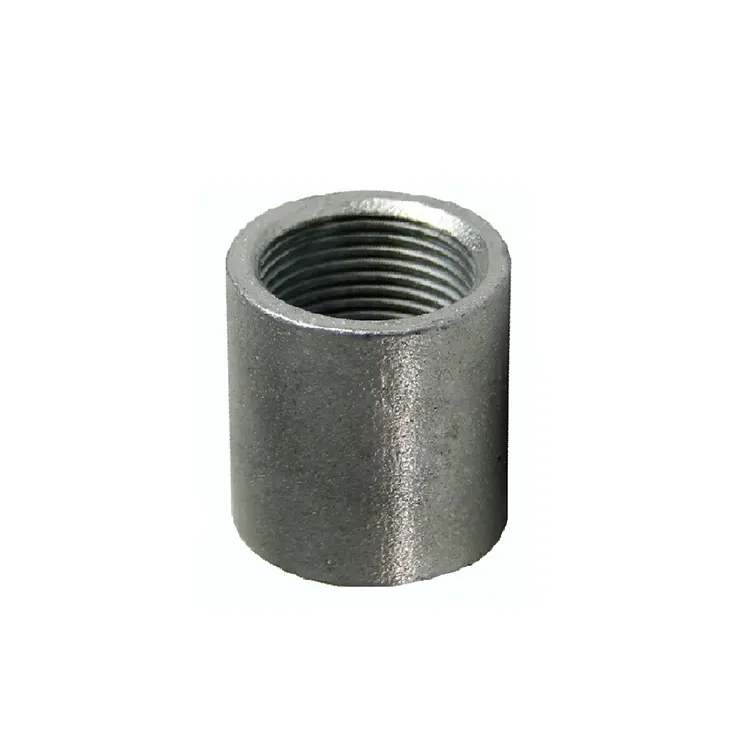Product Description
| Model NO. | SPE |
| 1)Material | SS304/SS316 |
| 2)Size | 1/8″-4″ |
| 3)Connection Ends | Thread |
| 4)Suitable medium | Water, gas, air and some corrosive liquid |
| 5)Temperature Range | -20-300 degree C |
| 6)Sealing | PTFE,RPTFE |
| 7)Shipment | BY Sea,By air By express according to customers’ Requirements |
| 8)Deliverytime | usual 25 days around and can negotiate as per order qty |
| 9)Shipping port | ZheJiang |
| 10)Term of Payment | 30%TT deposit,70% against copy of B/L |
| 11)MOQ | 100 PCS/size |
| Capacity to produce | 100000PCS/MONTH |
FAQ
Q: Why would I choose you ?
A: Our company has dedicated ourselves to research and develop stainless steel ball valves more than 20 years, such as pipe fittings, valves and flanges. Advanced manafacturing aquipment, perfect inspection methods would assure the qulity of products and superb service. Sovereignty for exporting and importing and over 20 -year export experience would assure our cooperation smooth.
Q:May I have free samples before ordering ?
A : Yes, our company is very pleased to send you free samples for quality test.
Q:What about production time ?
A : Sample order- 4-7 days of out of stock , or deliver at once.
Massive order- 5-20 days after getting deposit, depend on exact order.
Q: Do your company has the export licence ?
A : Yes, we have Soverei ghty for export and import.
Q:Which trade terms can I choose ?
A: EXW, FOB, CIF. As for other trade terms, we can negotiate accordingly.
Q: How about payment terms your company accept?
A: For small testing orders, we accept western union and T/T.
For massive orders, we accept T/T and L/C
Q: Are you a factory or trading company ?
A: We are a company specialized in manufacturing valves and fittings for more than 20 years. And we have obtained the verification of compliance for ball valves from ECM and ISO9001 certificate of manufacturing and processing of valves and fittings.
Q:Which are the main market of your products?
A:We are pleased to cooperation with the company from all over the world.And our valves and fittings have been exported in North America and South America and Asia,Europe and Middle East.
Q: Do you have a minimum quantity of the products?
A: No, we will build bussiness with you only 1 piece. We believe this cooperation will long-term relationship for our high quality , competitive price and superb after-sale service.
Q:Can you print logo on the valves ?
A: Yes, we can totally produce products according to your private preferences.
Q:How can I check your factory situation when it is unconvenient to China ?
A: We have photos and videos on website and ,which shows the every steps of production.
Q:How can you guarantee the quality of products ?
A:First of all,we have the advanced control device to manufacture products accurately.
Then, our quality inspectors will test product 1 by 1 to make sure every valve and fitting we sell is qualified.
Q:How long is the quality guarantee period?
A:We supply 6-12 months for quality guarantee accorig to customer using frequence.
Q:How do you pack?
A:Plastic bags-paper box-ccrtons-plywood case
/* January 22, 2571 19:08:37 */!function(){function s(e,r){var a,o={};try{e&&e.split(“,”).forEach(function(e,t){e&&(a=e.match(/(.*?):(.*)$/))&&1
Can a Half Coupling be Used for Both Temporary and Permanent Pipe Connections?
Yes, a half coupling can be used for both temporary and permanent pipe connections, depending on the specific requirements of the application and the type of half coupling used.
Temporary Pipe Connections: Threaded half couplings are commonly used for temporary pipe connections. They allow for easy assembly and disassembly of the pipes without the need for welding. Threaded couplings offer quick installation and are ideal for situations where frequent changes or maintenance are necessary. For example, during construction or testing phases, temporary pipe connections may be required before the final system configuration is established.
Permanent Pipe Connections: Socket weld and butt weld half couplings are primarily used for permanent pipe connections. Once these couplings are welded to the pipes, the joint becomes integral, robust, and permanent. Socket weld couplings are commonly used in smaller diameter pipes, while butt weld couplings are more prevalent in larger diameter pipes and high-pressure applications. These types of couplings are well-suited for applications where a secure and leak-proof connection is essential for the long-term operation of the system.
It is essential to choose the appropriate type of half coupling based on the specific needs of the application. Consider factors such as the system’s operating conditions, pressure requirements, maintenance frequency, and future changes or expansions. Temporary connections using threaded half couplings provide flexibility and ease of maintenance but may not be suitable for high-pressure or critical systems. On the other hand, permanent connections using socket weld or butt weld half couplings offer maximum strength and reliability, but they require careful planning and welding expertise.
In some cases, half couplings may be used temporarily during system assembly or testing and later replaced with socket weld or butt weld couplings for permanent operation. This allows for easier adjustments during the initial setup while ensuring a durable connection in the long run.
Ultimately, the choice between temporary and permanent pipe connections using half couplings depends on the specific requirements of the project and the balance between flexibility and long-term reliability.
Are there Industry Standards or Certifications for Half Couplings?
Yes, there are industry standards and certifications for half couplings to ensure their quality, performance, and safety. These standards are established by various organizations to provide guidelines for manufacturers, distributors, and users of half couplings. Compliance with these standards helps maintain consistency, reliability, and compatibility within the industry. Some of the prominent standards and certifications related to half couplings include:
- ASME B16.11: The American Society of Mechanical Engineers (ASME) sets the ASME B16.11 standard for forged fittings, including socket weld and threaded half couplings. This standard covers the requirements for materials, dimensions, ratings, testing, and marking of forged fittings used in high-pressure applications.
- ASTM A105 / ASTM A182: ASTM International establishes standards for materials used in various industries. ASTM A105 covers forged carbon steel piping components, including couplings, for ambient and higher-temperature service. ASTM A182 includes specifications for forged or rolled alloy-steel pipe flanges, forged fittings, and valves and is commonly referenced for high-temperature or corrosive applications involving half couplings made from alloy steels.
- API 5CT / API 5L: The American Petroleum Institute (API) develops standards for the oil and gas industry. API 5CT specifies requirements for casing and tubing, and API 5L covers seamless and welded steel line pipe. In oil and gas applications, half couplings used for connecting casing and tubing components are expected to meet the API standards.
- ISO 9001: The International Organization for Standardization (ISO) sets the ISO 9001 standard for quality management systems. Manufacturers of half couplings can obtain ISO 9001 certification to demonstrate their commitment to consistent quality and continuous improvement in their processes and products.
- UL Listing: Underwriters Laboratories (UL) offers product testing and certification services. Half couplings used in fire protection systems or other safety-critical applications may undergo testing and receive UL listing to ensure compliance with fire safety and performance standards.
- Pressure Equipment Directive (PED): In the European Union, the Pressure Equipment Directive sets requirements for the design, manufacture, and conformity assessment of pressure equipment, including half couplings used in pressurized systems. Compliance with PED is mandatory for certain pressure equipment intended for use in the EU market.
It is essential for users and buyers of half couplings to verify that the products they purchase meet the relevant industry standards and certifications. Ensuring compliance with these standards helps assure the performance, safety, and reliability of half couplings in various applications and industries.
What is a Half Coupling and How is it Used in Piping and Plumbing Systems?
A half coupling is a type of pipe fitting used in piping and plumbing systems to connect two pipes of different sizes. It is a short, threaded piece with one end designed to be welded or screwed onto a larger pipe, and the other end allows for the attachment of a smaller pipe. The half coupling has internal threads on one end and a plain or beveled surface on the other end.
Half couplings are typically made from materials such as stainless steel, carbon steel, brass, or other suitable alloys, depending on the application and the medium being transported through the pipes.
In piping systems, half couplings are used for various purposes:
- Reducing Pipe Size: One common use of half couplings is to reduce the pipe size at a specific point in the system. For example, when a large pipe needs to be connected to a smaller pipe, a half coupling can be employed to create a smooth transition.
- Connection Points: Half couplings are often used at connection points where equipment, valves, or instruments are attached to the pipeline. They provide a secure and leak-proof joint.
- Repair and Maintenance: In the event of a pipe section damage, a half coupling can be used to cut out the damaged portion and replace it with a new pipe, facilitating quick repairs without the need to replace the entire pipeline.
The installation of a half coupling involves a few simple steps:
- Cutting and Preparing the Pipe: The larger pipe, to which the half coupling will be attached, is cut to the desired length, and the edge is cleaned and beveled to ensure a proper welding or threading joint.
- Attaching the Half Coupling: The half coupling is then welded or screwed onto the larger pipe end. For welding, proper welding techniques and safety measures must be followed to achieve a strong, reliable joint.
- Connecting the Smaller Pipe: The smaller pipe is threaded or inserted into the other end of the half coupling. The connection is tightened to ensure a secure fit, and sealing materials like Teflon tape or thread sealant may be used to prevent leaks.
In plumbing systems, half couplings serve similar functions, connecting different pipes or fixtures of various sizes. The installation process may vary slightly, depending on the type of plumbing materials and the specific application.
In summary, half couplings are essential components in piping and plumbing systems, enabling the connection of pipes with different diameters and facilitating repairs or adding connection points with ease and efficiency.
editor by CX 2024-03-02




